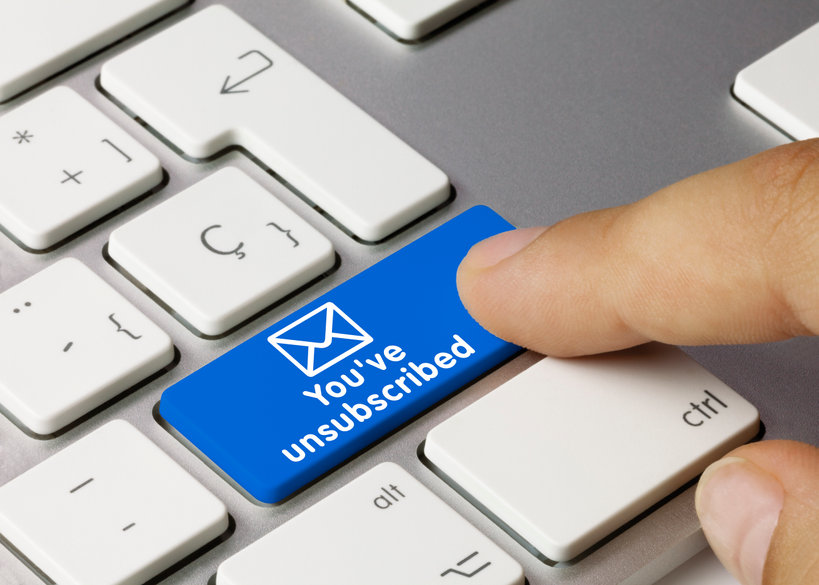Are you struggling to keep your email list engaged?
Are subscribers not opening your emails, or worse, unsubscribing altogether?
Billions of emails go unread every day as people become overwhelmed with the hundreds they receive daily.
Unread emails can drastically affect your email deliverability. Fortunately, there’s a solution:
An email re-engagement campaign.
What is an email re-engagement campaign?
This type of campaign is designed to win back inactive subscribers and get them engaging with your emails again.
There are a few different ways you can go about this, and it all starts by simply asking your audience why they became uninterested.
Creating a survey
Surveys are always a great way to collect customer data. You can use a tool like Typeform or Google Forms to create a survey to send your inactive subscribers, or present to them when they unsubscribe.
Of course, the former will require grabbing the attention of users who are already ignoring you. In all honesty, it’s easier to place your survey on your unsubscribe confirmation page, but the goal of creating a re-engagement campaign is to excite your readers again–not wait until they’re too far gone to learn how you could have saved them.
Your survey should be short, ideally no longer than three multiple choice and/or short answer questions. Each one should ask for unique information and provide you with the data necessary to determine why your readers are disengaging.
Once you’ve collected this data, it’s time to start planning your re-engagement campaign.
Implementing the data
If your data has led you to one specific reason why your readers have become uninterested, the process will be a lot easier. If you’ve discovered that your readers appear to be leaving for a multitude of reasons, you’ll want to determine whether you can address each of these issues in the same campaign.
If you can’t, you may want to segment your lists and create different emails for every identified concern.
Regardless of your strategy, every email in this campaign will need to be specially crafted to provide your readers with what they’re asking for and re-earn their trust.
Enhance your content
The higher the quality of content, the greater your results will be. Don’t be too salesy and avoid clickbait. High open rates are meaningless if the reader exits the email a few seconds later without taking action.
Understand what your readers want and give them content that they can’t find anywhere else. Address their pain points as noted in the survey and use these as prompts for email topics.
Segmenting lists
You should also consider segmenting your lists. This will allow you to send more targeted content to different audiences, which can result in better engagement overall.
Not everyone wants or will respond well to the same frequency. For example, if you have a segment of subscribers who never open your emails, you may want to send them a different email than frequent readers or those who used to open but have recently stopped.
Personalization won’t do much good if your audience isn’t interested in your offer in the first place. Your content needs to touch on topics that are relevant to your readers and their unique needs. That being said, sending out the same newsletter to multiple demographics who all have different needs won’t do you much good.
This is a common problem seen with big email lists, which is why segmentation can prove to be very beneficial. Unless you have the bandwidth to craft multiple emails that speak to each group, it’s likely that your campaigns for each audience look very similar. In which case, it’s usually more effective to focus on one group, even if that means a smaller list.
Refocusing on your target audience may force you to let go of subscribers who aren’t the right fit. Of course, this is a downer when you’re trying to retain subscribers. However, it will help you see what doesn’t work.
Don’t wait until your readers start exiting by the masses to start implementing these changes. Use this data to refine your strategy and increase your retention.
An email re-engagement campaign can be very effective when done correctly. With a little effort, you can bring subscribers back into the fold and keep them engaged going forward.
For personalized help getting started with email marketing, schedule a free strategy call with Bizzuka. We’ll run through your current strategy and help you understand where you may be falling short.

